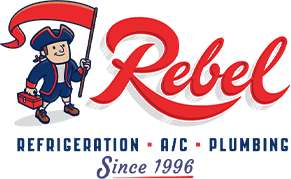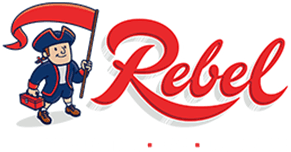According to the Air Quality Index (AQI) rating, the air quality in Las Vegas averages “good” so outdoor air pollution level is not a cause for concern. However, there are a variety of pollutants that can find their way into your homes and poorly affect your indoor air quality.
The health effects of indoor air pollutants can show up immediately after exposure or years later, depending on the type of pollutant. To protect your family’s health, it’s vital to have your HVAC system regularly inspected by a reputable HVAC company to identify the potential sources of pollution and perform maintenance to improve your air quality.
Here’s a breakdown of the most common types of indoor air pollutants that can affect the air quality in your home.
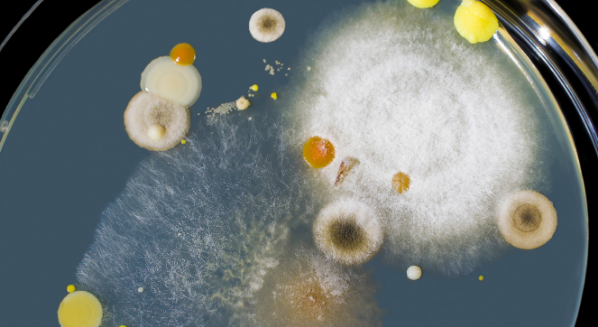
#1 Biological Contaminants
These include mold and mildew, bacteria, pet saliva and dander, biological allergens such as pollen, mites, and other insects. Note that most of them tend to proliferate in damp environments which is why keeping indoor humidity at no more than 50% can help inhibit their growth. To minimize the risk of biological contaminants, make sure to immediately remove any water-damaged materials and call in a reliable plumbing technician to fix any leaking water pipes. Other ways to improve your indoor air include natural ventilation, regularly changing your air filters, and upgrading to polarized-media filters that can trap and neutralize up to 97% of indoor air contaminants.
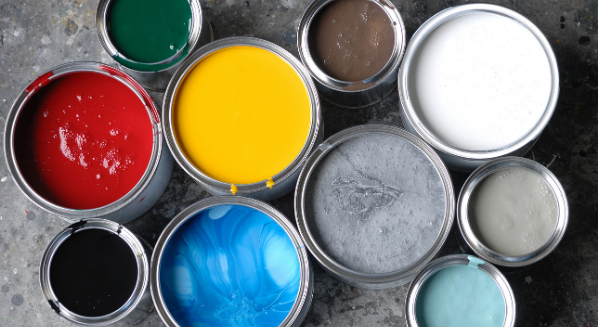
#2 Volatile Organic Compounds ( VOCs)
These chemical compounds can be introduced into your home in different ways such as household cleaners, detergents, cabinetry and furniture, paints, dry cleaned clothing, and many more. These indoor air pollutants can affect people of all ages, however they can be especially harmful to children and the elderly. The health effects of VOCs can range from dizziness, fatigue, and migraines to an increased risk of cancer after long-term exposure (some of them being carcinogenic). To minimize the exposure of these contaminants, it’s best to avoid buying products that have VOC emissions.
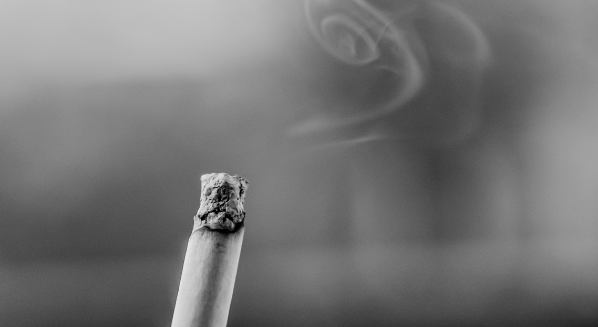
#3 Combustion Pollutants
Combustion pollutants include carbon monoxide and fine particles that come from gas stoves, wood stoves, damaged heat exchangers, and other heat sources. The risk of combustion contaminants can be minimized by properly venting your gas or wood stove, refraining from smoking inside, and installing a carbon monoxide alarm to keep your family safe. We also recommend seeking an experienced HVAC specialist to inspect your furnace at least once a year to perform proper furnace maintenance and check for any damage or leaks.
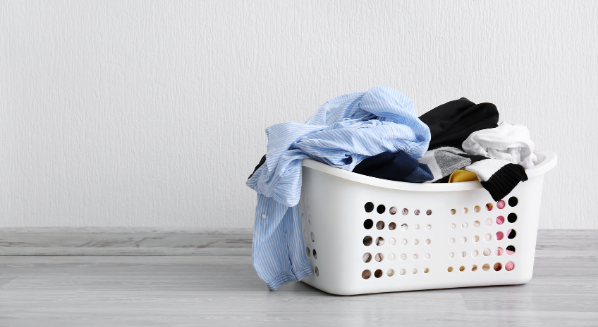
#4 Location and Occupation Pollutants
Location and occupation pollutants range from chemical compounds that can cling on to the clothes you wear at work (e.g, auto body repair and paint shops, manufacturing facilities, etc) to diesel fumes, sulfur and carbon dioxides. To reduce these indoor air pollutants, natural ventilation is essential for your home. Inquire with a reputable HVAC company to install energy-efficient heat recovery ventilators that bring outdoor filtered air in your home.
If you have any queries on how to improve indoor air quality and reduce pollutants or want to have your HVAC system professionally serviced by trusted Las Vegas HVAC experts, feel free to get in touch with us at Rebel Refrigeration by calling (702) 766 9436 or by filling out the online contact form for a free, instant, and accurate estimate on any HVAC service.
